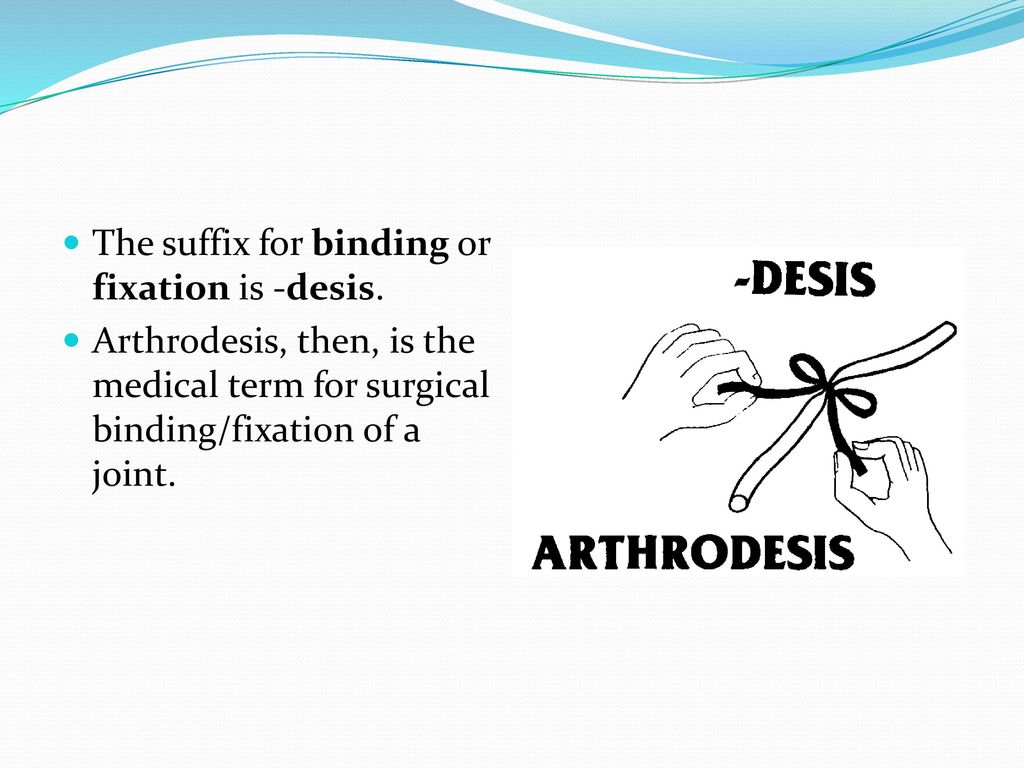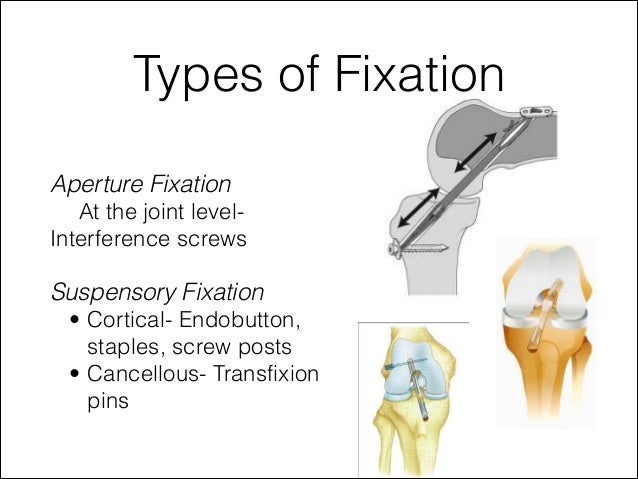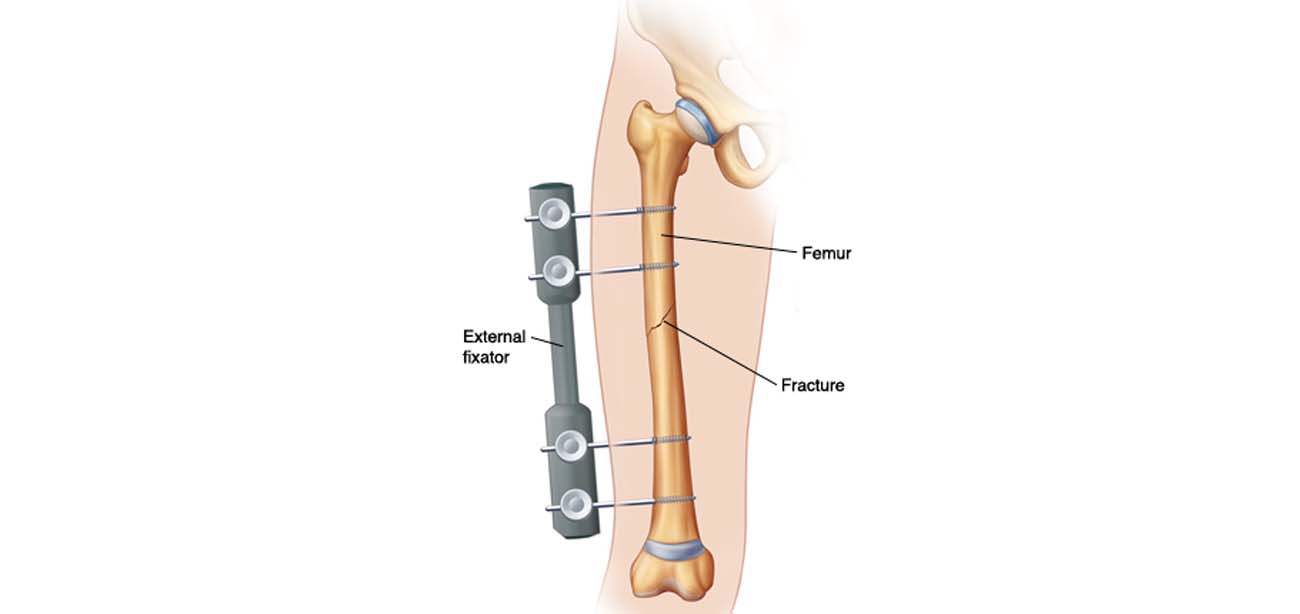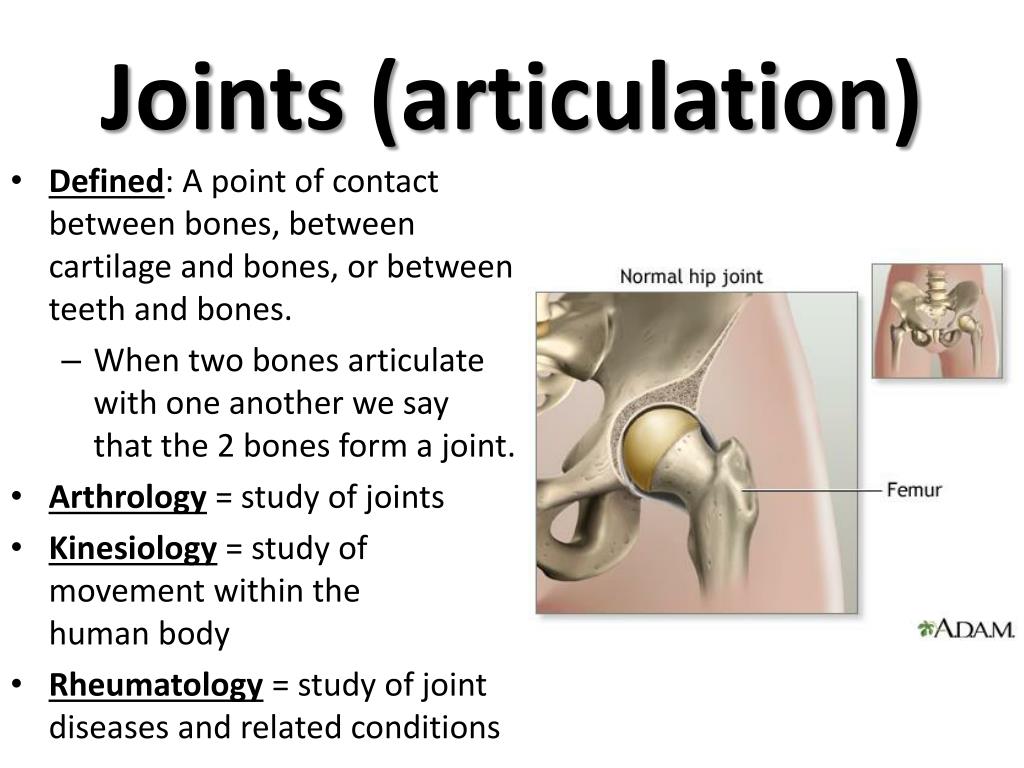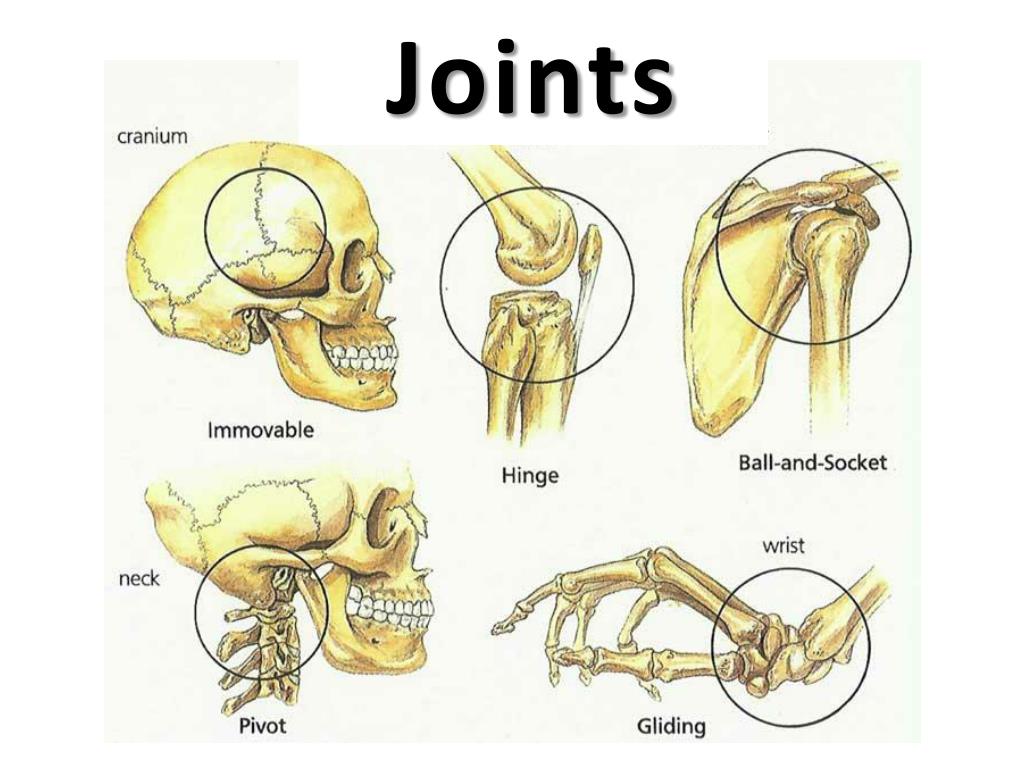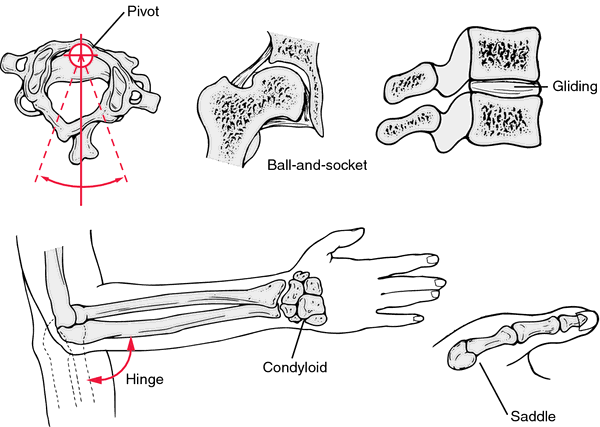Fixation Of A Joint Medical Term
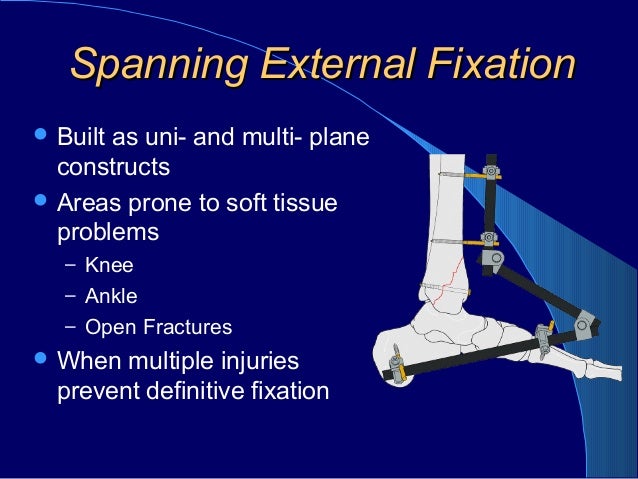
The term "Adhesive Capsulitis", commonly known as frozen shoulder, has been officially redefined and standardized by an international consortium of orthopedic surgeons and rheumatologists. This landmark decision aims to eliminate confusion and ensure consistent diagnosis and treatment protocols worldwide.
For years, variations in diagnostic criteria and terminology surrounding frozen shoulder have hindered research and patient care. This unified definition, established after a rigorous three-year study, represents a critical step towards improving outcomes for millions suffering from this debilitating condition.
The New Definition
The consensus definition, published this week in the Journal of Bone and Joint Surgery, defines Adhesive Capsulitis as a condition characterized by:
- Progressive shoulder pain
- Significant restriction of both active and passive range of motion
- Absence of any other identifiable cause for the symptoms, such as fracture or dislocation.
This new definition focuses on clinical presentation and eliminates the need for potentially misleading imaging findings to confirm the diagnosis.
The Collaborative Effort
The project, spearheaded by Dr. Anya Sharma of the Mayo Clinic and Dr. Kenji Tanaka from the University of Tokyo, involved data analysis from over 15,000 patients across 22 countries.
The international team included representatives from the American Academy of Orthopaedic Surgeons, the European Society for Shoulder and Elbow Surgery, and the Asia-Pacific Shoulder Society.
Impact on Diagnosis
The previous lack of a standardized definition led to over-diagnosis in some cases and under-diagnosis in others, often delaying appropriate treatment.
“This clarity will allow clinicians to more accurately identify patients who truly have Adhesive Capsulitis and tailor treatment plans accordingly,” stated Dr. Sharma.
Impact on Treatment
Standardization of the definition directly informs treatment approaches. Therapies like physical therapy and corticosteroid injections will be more consistently applied to the appropriate patient group.
The new definition could improve research on treatment effectiveness, allowing for more meaningful comparisons between different interventions.
Reactions From the Medical Community
The response from the medical community has been overwhelmingly positive. "This is a game-changer," commented Dr. Michael Chen, a leading rheumatologist at Stanford University.
Dr. Chen added, "The unified definition provides a clear and concise framework for understanding and managing Adhesive Capsulitis, fostering better communication between healthcare providers and ultimately benefiting patients."
Challenges and Considerations
Implementing the new definition will require widespread dissemination and education among healthcare professionals.
Some concerns have been raised regarding the potential for misdiagnosis in cases with atypical presentations.
Future Research Directions
The standardized definition provides a solid foundation for future research on the underlying causes and mechanisms of Adhesive Capsulitis.
Researchers plan to investigate genetic predispositions, inflammatory pathways, and biomechanical factors that may contribute to the development of the condition.
Next Steps
Medical organizations are now working to integrate the new definition into clinical guidelines and educational materials.
A series of webinars and workshops are scheduled to train healthcare professionals on the updated diagnostic criteria.
The consortium encourages healthcare providers to familiarize themselves with the new definition and incorporate it into their practice immediately.
